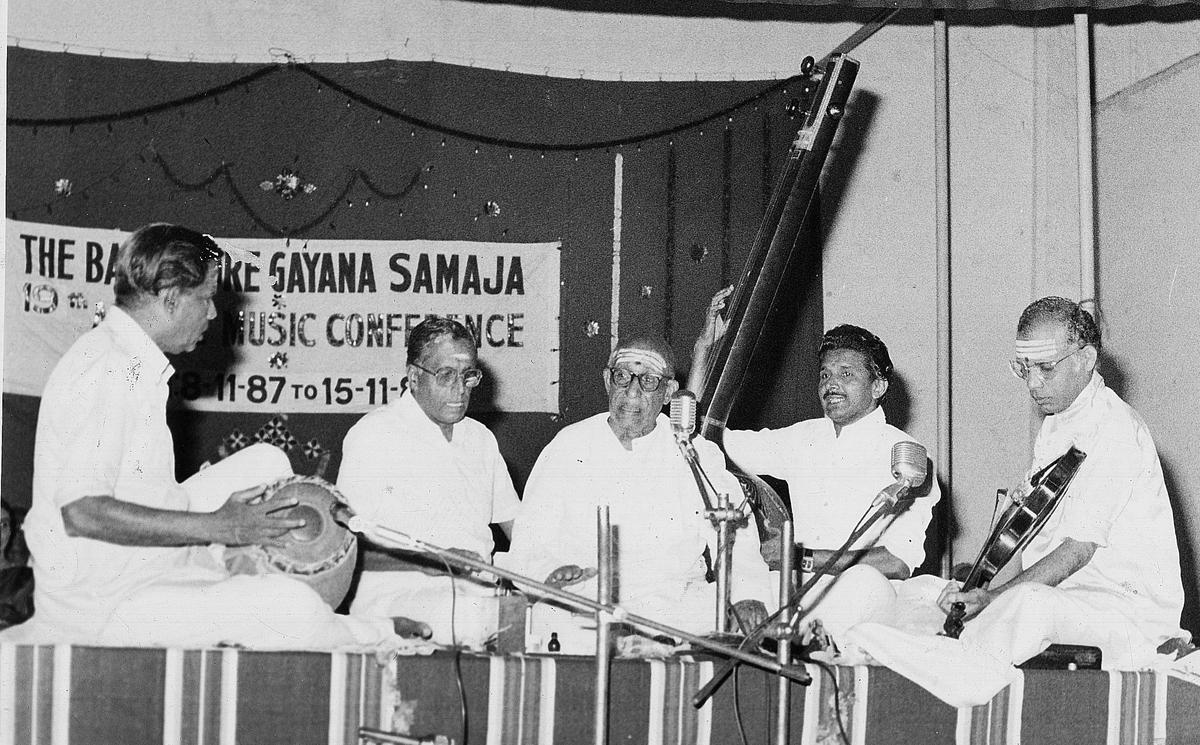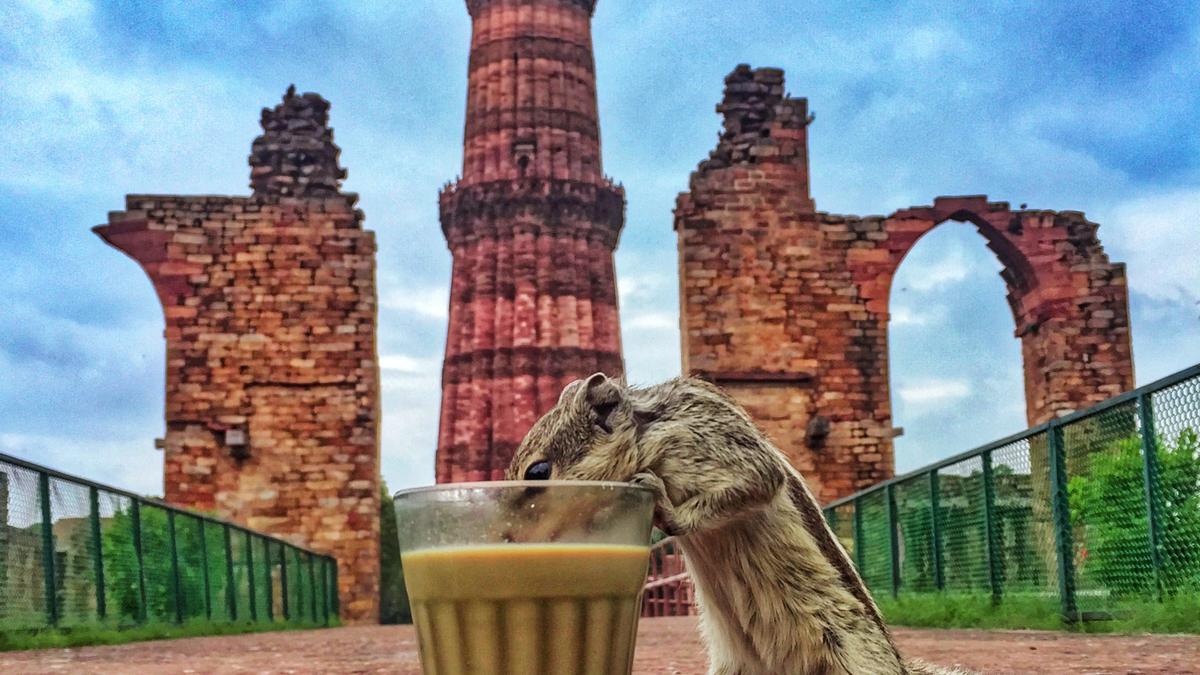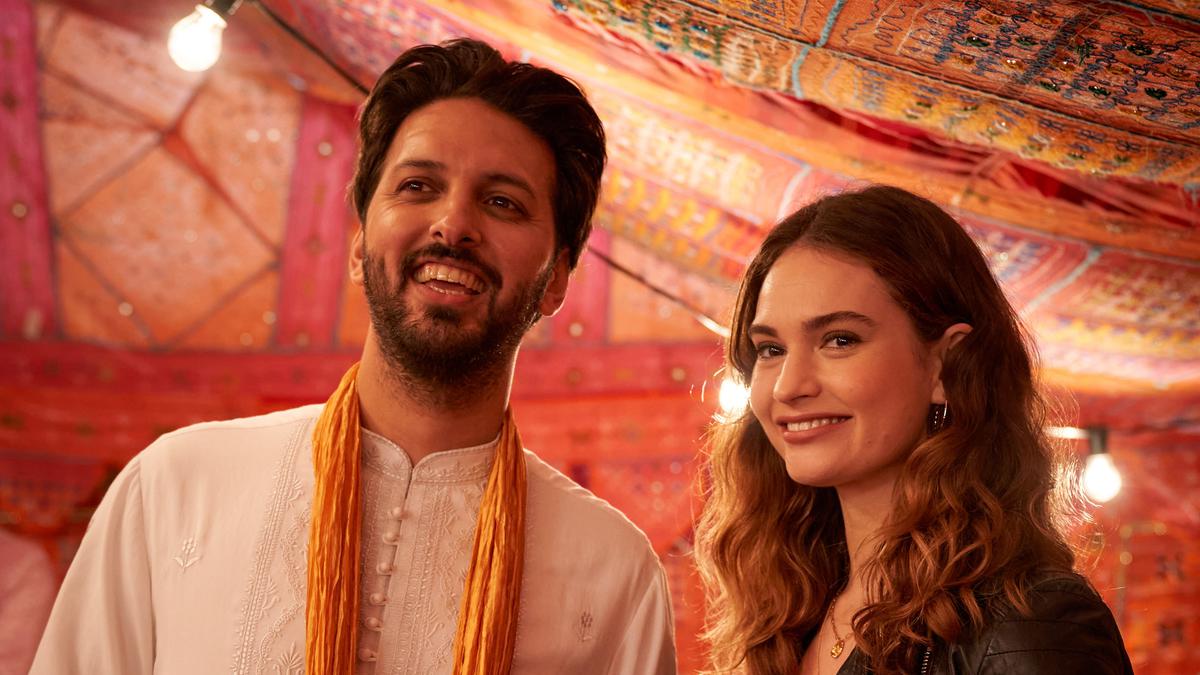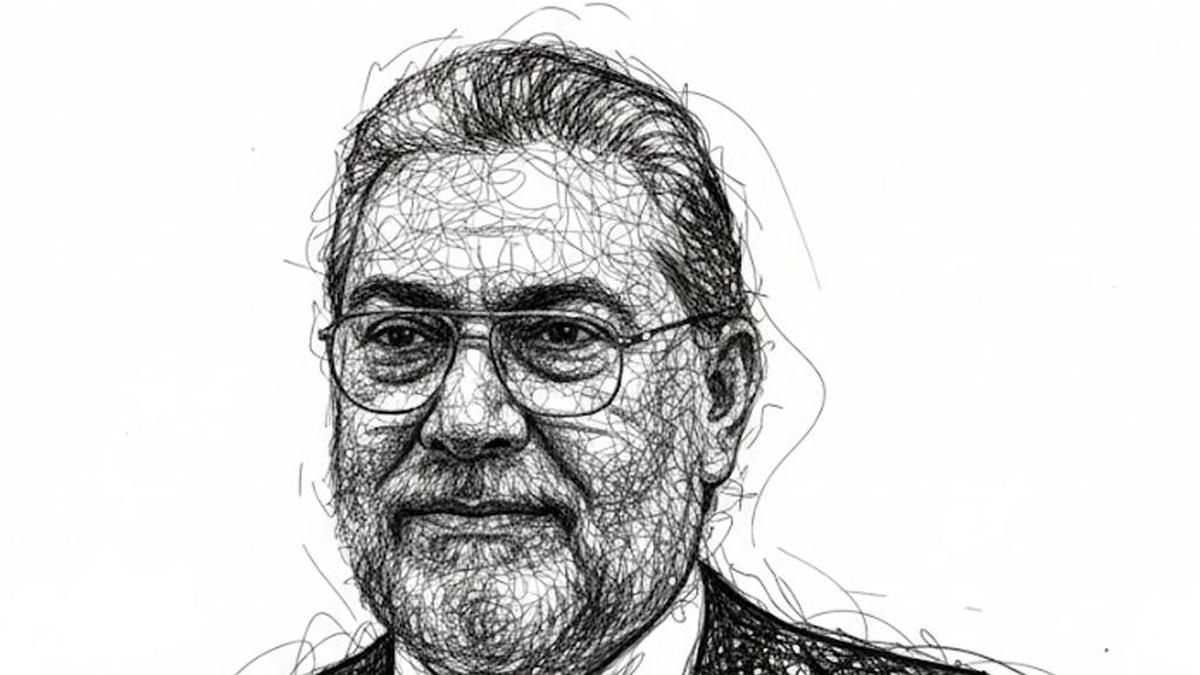Semmangudi R Srinivasier accompanied by V.V. Subramaniam ( violin), Vellore Ramabhadran (mridangam).
| Photo Credit: HINDU PHOTO ARCHIVES
The success of a Carnatic concert is attributed to a number of factors, and programming has always been a significant factor. Thanks to a lot of music aficionados, we now have scores of full live concert recordings in the public domain, including several that date back to the 1950s. Like all enthusiasts, I too managed to listen to quite a few over the years. One aspect kept fascinating me on how some great concerts were fashioned out of smart programmes. Lest it is misunderstood, programme is not just a list of pieces in a concert.
The list is only one aspect of a programme. One sometimes reads social media comments about ‘how great’ a concert must have been on the basis of reading the list. That is being totally unfair to a musician’s smart skills in stitching together a concert, especially the nuances of it. An algorithm would get you a dozen ‘great’ lists, if not more. Top musicians have done something better. They had the uncanny sense to appreciate that a few ragas made up for the grandeur of a concert. Barring exceptions, one can call them the ‘Golden 30’ ragas. The clever musicians invariably packed at least half a dozen of these ragas in almost every concert. I may have left out one or two that deseve a place in this list, but here is the list that many of you will instinctively nod. Kalyani, Kamboji, Shankarabharanam, Bhairavi, Todi, Shanmukhapriya, Karaharapriya, Kiravani, Mohanam, Bilahari, Sahana, Suruti, Mukhari, Begada, Atana, Kanada, Sama, Sriranjani, Kamas, Hindolam, Arabhi, Darbar, Reetigowlai, Anandabhairavi, Pantuvarali, Poorvi Kalyani, Harikamboji, Varali, Saveri and Madhyamavati. Some may want to add a Huseni or Sri or Saranga or Sudha saveri to this, but not certainly a Kanakangi or Kosalam. So, the frequency of a rare raga must be that – rare!
This knowledge is only a necessary condition but not a sufficient one. The choice of a kriti in these ragas, the placement in a concert, the short or expansive treatment given to them, the surprises packed in, the ornamental decorations in each piece, the smartness of drawing the best from accompanists and even the flourish of the finish – are all part of the concert uplifting story.
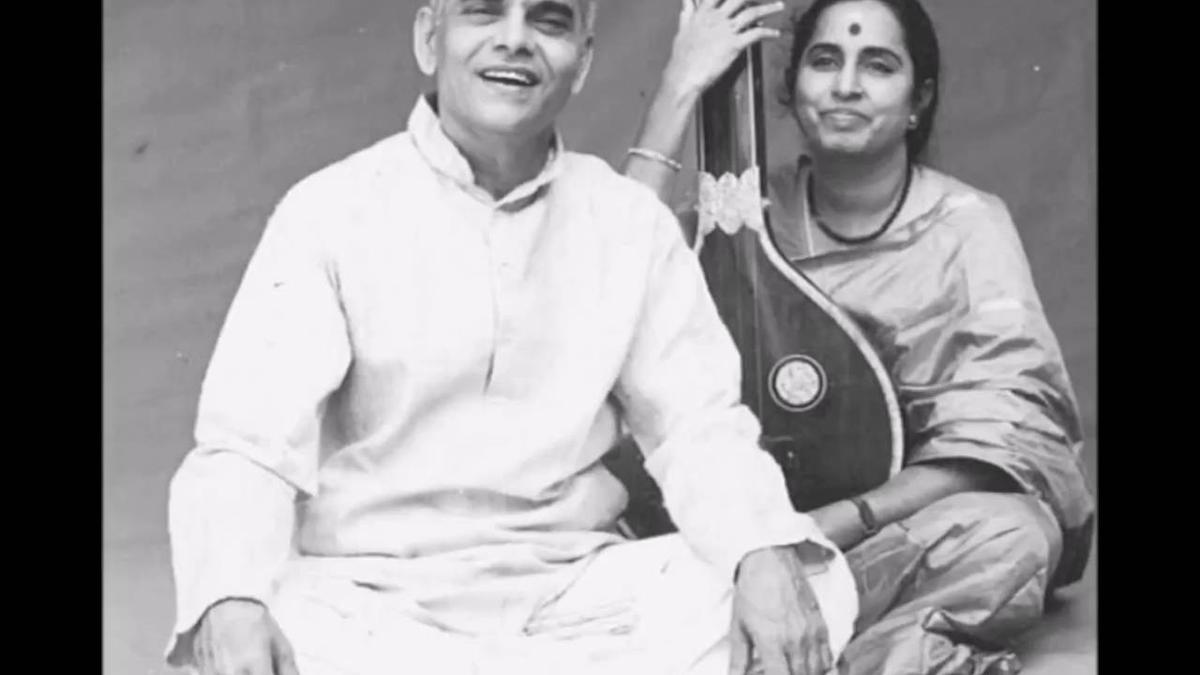
K.V. Narayanaswamy
| Photo Credit:
The Hindu Archives
Consider these tasters – Semmangudi once sang ‘Birana brova’ (Kalyani) as the second song in a concert, with a brief alapana and succinct swara appendage just enough to make an energetic impact. Alathur brothers once sandwiched ‘Santhamu lekha’ in Sama right in the middle of a concert, expanding it more than usual and Palghat Mani Iyer obliged with a tani after that! Voleti Venkateswarlu would begin a concert with a Begada kriti preceded by a teasing short alapana and GNB has used several of these ragams to just showcase swara scope (Reetigowlai and Saveri come to mind). Semmangudi’s piece-de-resistance of some concerts was his trademark ‘Marubalga’ in Sriranjani, although it was sung on several occasions. Madurai Somu would get you to a trance with his inimitable Sankarabharanam or Bhairavi specials. T K Rangachari would sing a sustained niraval at ‘Seethapathiyani’ of Vadera in Pantuvarali while KVN sometimes sang an early Todi with a high octane ‘Amba Nannu brova’ at a busy clip. Madurai Mani Iyer would finish a Bhairavi (like Koluvaiyunnade) on a high and interject a calming ‘Seethapathe’ (Kamas) at a horse-carriage tempo just after. Ariyakudi’s wont restraint with even magnum opus kritis is in the same clever realm. Ramnad Krishnan has sung a purely ecstatic ‘Bhajana Parula’ in Suruti with no alapana or swara! In each of these examples, there are novel expressions of drama, surprise, new skills, sweet timing and musical savviness. It need not come from singing Nasikabhooshani for an hour! At least, that’s what the stalwarts believed.
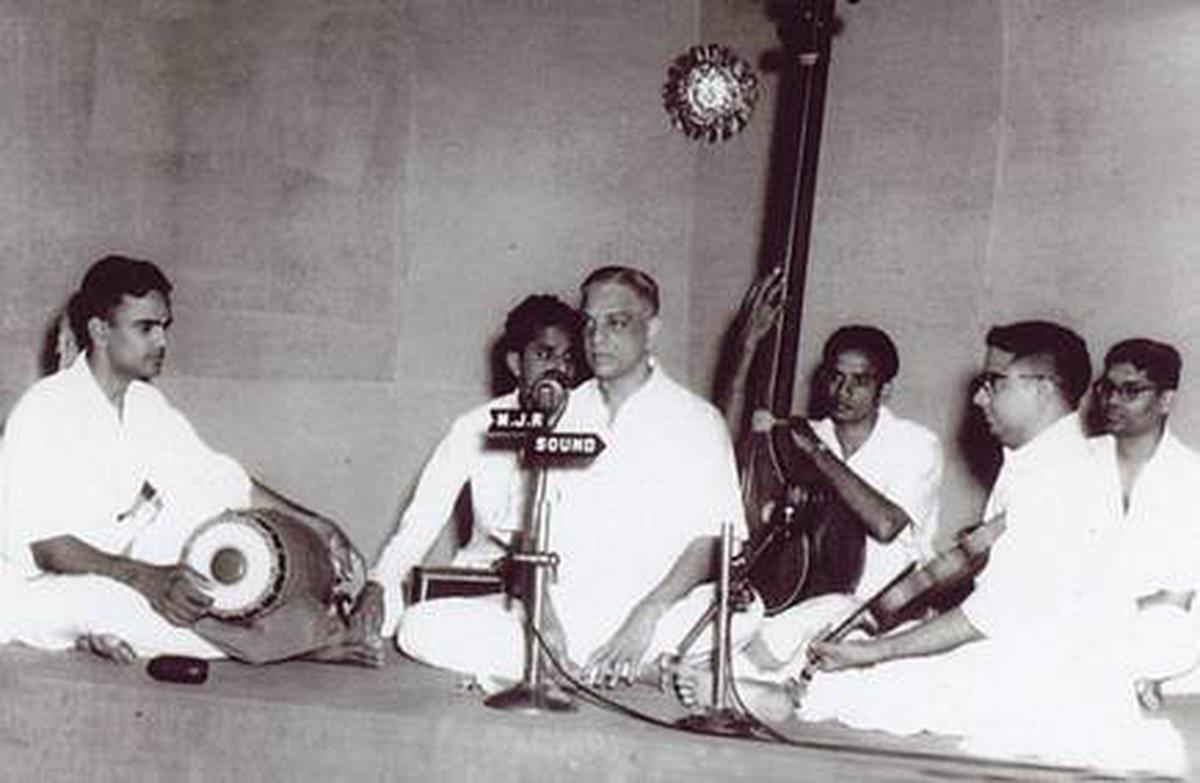
GNB accompanied by Umayalpuram Sivaraman and T.N. Krishnan
| Photo Credit:
The Hindu Archives
So, what does it take to belong to the ‘Golden 30’ club? The single most qualification is the body of kritis that are composed in these ragas, by many composers. Each of the ‘Golden 30’ could count at least ten sterling kritis. That is not surprising. Ragams are shaped by the kritis and not just their scales – musicians know this well. Sportsmen are famous for deploying the high frequency and time-tested model, with élan all the time. Gundappa Viswanath’s square cuts, Roger Federer’s back hand cross court pass are legendary and were employed often.
The next time you listen to a new or an old concert, try this — you could tick the songs from the ‘Golden 30’ and if it is above five or six, and employed well, you just know the the success of the concert’s success is a would be a foregone conclusion.
The writer is a classical music critic and commentator.


